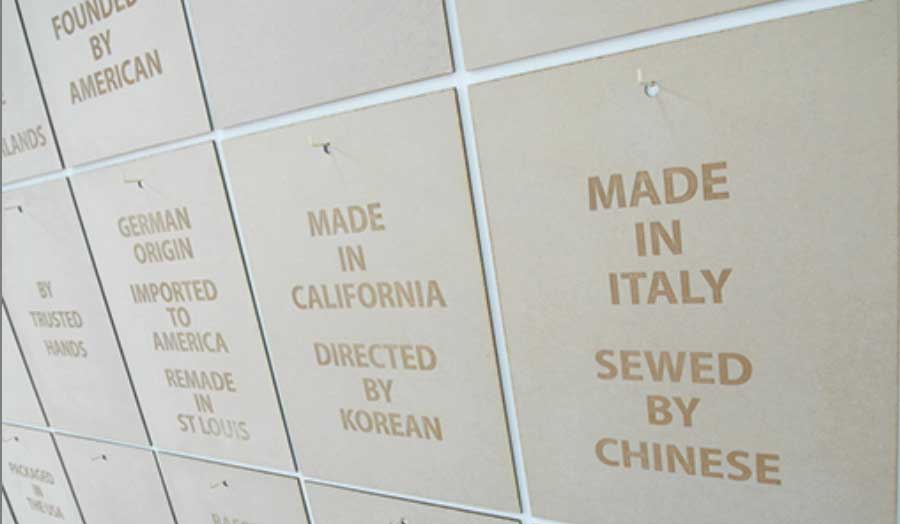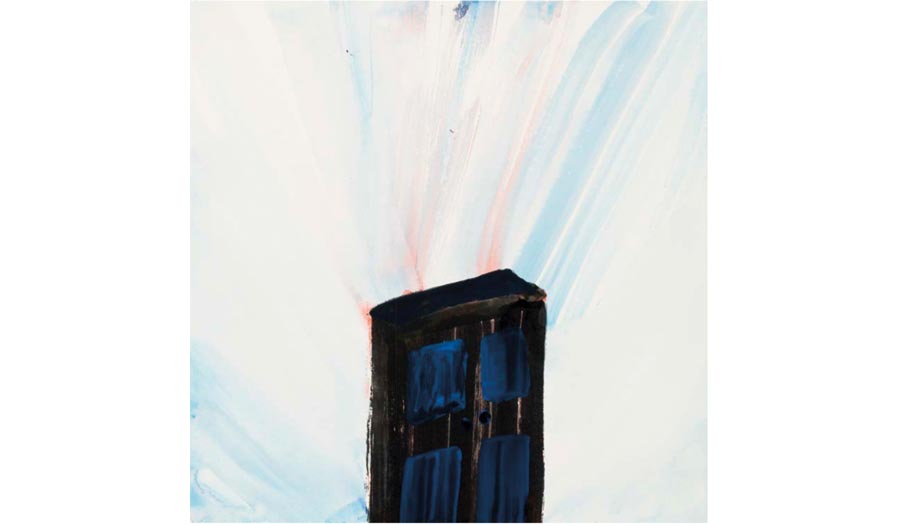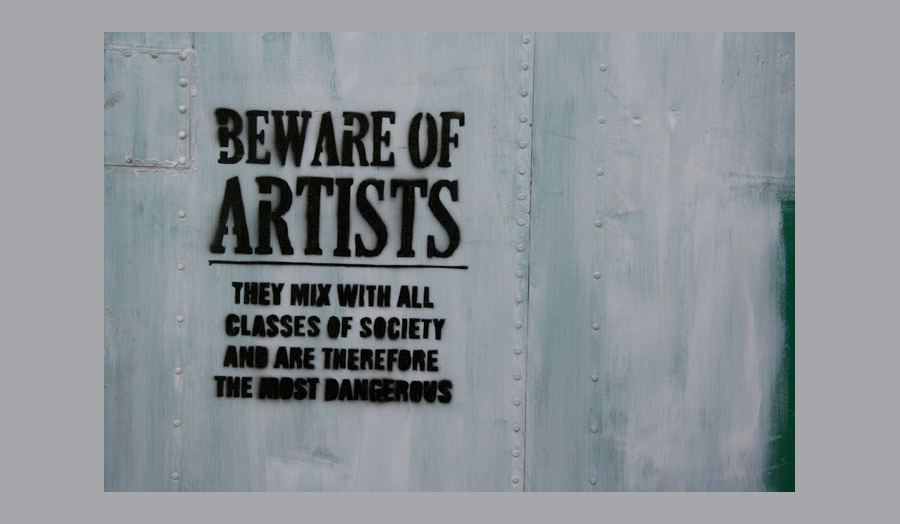Prof Wessie Ling
The increasing complexity of the material and symbolic flows of fashion, textile, artefact and commodity is the concern of this studio. Material culture is taken as a site for multiple layers of world encounters that lead to intriguing cultural dynamics. Consider it for the examination of commodity-making in the twenty-first century, an interconnecting force typified by multiple encounters of world cultures and the transcultural, its capacity to interconnect the world; circulate people, goods and ideas; and map out multiple cultures and identities. That material culture brings out multi-layered encounters between the subject and its outside world often goes beyond the dichotomy of Orientalism and Occidentalism. The outcomes are necessarily transcultural and essentially hybrid, offering distinctive stimuli for re-imagination; and they are often underscored by co-creation.
By exploring the processes and the effects of transculturality and co-creation on the transforming identities of people, good, ideas and culture, this studio offers an understanding of the dynamics behind the multiple encounters and the uncanny enchantment (or disenchantment, perhaps) with fashion, textile, artefact and commodity. It sheds light on the multiple connections, comparisons and circulations of people, goods and ideas through a global, interconnected method of inquiry. It addresses the discourses and the processual dynamics of the historical, cultural and political-economic encounter across cultures that underpin the production of goods. Economic, political and socio-cultural intervention, to and from one locality to another, instigate the fascination with and offer distinctive stimuli for cultural re-imagination.
Consider (an) example(s) that address(es)/operate(s) within, but not exclusive to, one or more of the following:
- Cultural globalisation
- Global histories
- Transcultural artefact/commodity
- Global fashion/textile
- Cross-cultural appropriation
- Transnational/transcultural identities
- Transnational production
- Cross-cultural exchanges
Studio bibliography
- Adamson, Glenn, Giorgio Riello and Sarah Teasley, ed. Global Design History. London: Routledge, 2011.
- Appadurai, Arjun. Modernity at Large: Cultural Dimensions of Globalization. Minneapolis: University of Minnesota Press, 1996.
- Bauman, Z., ‘On Glocalization; Or Globalization for Some, Localization for Some Others’, Thesis Eleven, no. 54, August 1998, pp. 37-49.
- Bhabha, Homi. The Location of Culture. London: Routledge, 1993.
- Eicher, Joanne and Sandra Lee Evenson. The Visible Self: Global Perspectives on Dress, Culture and Society. New York: Fairchild Publications, 2008.
- Eisenstadt, N. Shumel, ed. Multiple Modernities. Transaction Publishers, 2002.
- Fowler, G, Jie, and Les Carlson. “The Visual Presentation of Beauty in Transnational Fashion Magazine Advertisements.” Journal of Current Issues and Research in Advertising, vol. 36, no.2, 2015, pp. 130–56.
- Friedman, James. Cultural Identity & Global Process, London: Sage, 1994.
- Ling, Wessie. ‘Bag of Remembrance: A Cultural Biography of Red-White-Blue, from Hong Kong to Louis Vuitton’, in Reggie Blaszczyk and Veronique Pouillard (eds.), European Fashion: The Creation of a Global Industry, Manchester: Manchester University Press, 2018, pp. 283-301.
- Ling, Wessie, Lorusso, Mariella and Segre Reinach, Simona. Critical Studies in Global Fashion', Zone Moda Journal, vol. 9, issue 2, 2019, pp. V-XVI.
- Ling, Wessie. and Segre Reinach, Simona. (2019) ‘Co-Creation and Transculturaion in Fashion-Making: Sino-Italian Fashion as Method’, Modern Italy, vol 24, issue 4, pp. 401-415.
- Maynard, Margaret. Dress and Globalization. Manchester: Manchester University Press, 2004.
- Miller, Daniel, Material Culture and Mass Consumption, Wiley, 1997.
- Niessen, Sandra, Annemarie Leshkowich and Carla Jones, eds. Re-Orienting Fashion: The Globalization of Asian Dress. Oxford: Berg, 2003.
- Peirson-Smith, Ann and H. Joseph Hancock, eds. Tranglobal Fashion Narratives: Clothing Communication, Style Statements and Brand Storytelling. Bristol: Intellect, 2018.
- Pomeranz, Kenneth. The Great Divergence. China, Europe and the Making of the Modern World Economy. Princeton: Princeton University Press, 2000.
- Riello, Giorgio. “Asian Knowledge and the Development of Calico Printing in Europe in the Seventeenth and Eighteenth Centuries.” Journal of Global History, vol. 5, no. 1, March 2019, pp. 1–28.
- Robertson, Roland. ‘Glocalization: Time-Space and Homogeneity-Heterogeneity’ in Featherstone, M., Lash, S. and Robertson, R. (eds.) Global Modernities, London: Sage, 1995, pp. 25-44.
- Said, Edward. Orientalism: Western Representations of the Orient. London: Routledge and Kegan Paul, 1978.
- Scafidi, Susan. Who Owns Culture? Appropriation and Authenticity in American Law. Piscataway, NJ: Rutgers University Press, 2005.
- Tirthankar, Roy and Giorgio Riello. Global Economic History. London: Bloomsbury, 2019.
- Tu, Thuy Linh Nguyen. The Beautiful Generation: Asian Americans and the Cultural Economy of Fashion. Durham: Duke University Press, 2011.
*
Studio image: Wessie Ling, Labels of Desire, 2015. Banner: Hans Op de Beeck, Staging Silence (3), video still (detail), 2019

Details
| Tutor | Wessie Ling |
|---|

-(1)-(1)-(1).jpg)

-(1).jpg)



-(1).jpg)

-(1).jpg)








